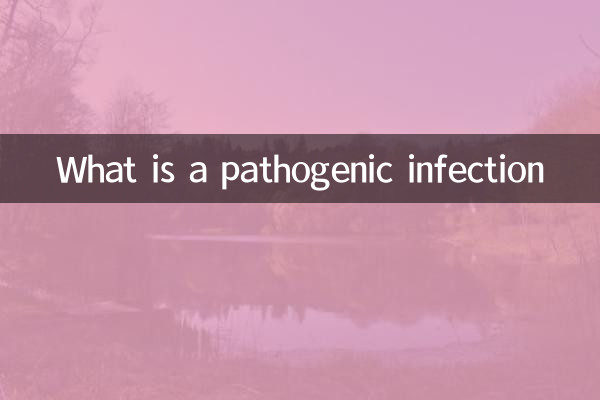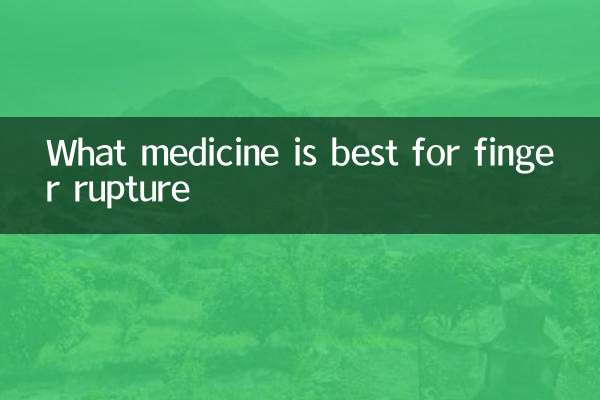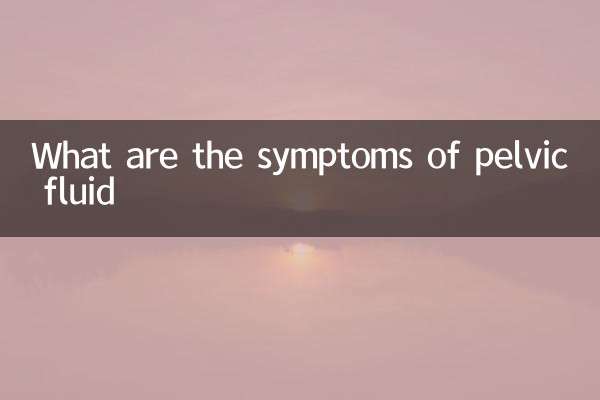What is a pathogenic infection
Pathogenic infection refers to the process in which bacteria, viruses, fungi or other microorganisms invade human or other organisms and reproduce in the host, causing disease. Such infections can cause health problems ranging from mild discomfort to severe and even fatal. In recent years, with global climate change, increasing population mobility and antibiotic abuse, pathogen infection has become an important issue in the field of public health. This article will analyze the definition, type, transmission route and preventive measures of pathogenic infection based on hot topics in the past 10 days.
1. Common types of pathogenic infections

Pathogens mainly include bacteria, viruses, fungi and parasites. Here are several pathogens and their diseases that have been discussed recently:
| Pathogen type | Represents the pathogen | Causes disease | Recent hot topics |
|---|---|---|---|
| bacteria | Escherichia coli, streptococci | Urinary tract infection, pneumonia | Collective food poisoning incidents in a certain place |
| Virus | Influenza virus, new coronavirus | Influenza, COVID-19 | Winter flu warning |
| Fungus | Candida albicans | Thrush, vaginitis | Reports on antifungal drug shortage |
| Parasite | Plasmodium, roundworm | Malaria, intestinal parasites | Travel health reminder in tropical areas |
2. The transmission routes of pathogenic infection
There are many ways of spreading pathogens. Here are several main transmission channels mentioned in recent hot events:
| Spreads | Example | Recent hot events |
|---|---|---|
| Airborne | Droplets, aerosols | A clustered flu epidemic in a certain school |
| Contact transmission | Direct contact, contaminants | Hospital drug-resistant bacteria infection warning |
| Food transmission | Contaminated food | A brand of salad causes diarrhea in many people |
| Insect media transmission | Mosquito bites | Seasonal high incidence of dengue fever |
3. Preventive measures for pathogenic infection
In response to the frequent infection problems in recent hot topics, experts recommend taking the following preventive measures:
| Preventive measures | Specific methods | Recent application scenarios |
|---|---|---|
| Personal hygiene | Wash hands frequently and wear masks | Influenza Season Protection Guide |
| Vaccination | Influenza vaccine, HPV vaccine | Winter vaccination initiative |
| Food Safety | Heat thoroughly, separate raw and cooked | Catering industry hygiene inspection |
| Environmental disinfection | Regularly disinfect high-frequency contact surfaces | School infectious disease prevention and control |
4. Pathogen infection events in recent hot topics
In the past 10 days, the following topics related to pathogen infection have attracted widespread attention:
1.Respiratory diseases are high in winter: Hospitals in many places have reported a surge in influenza cases, and experts remind us to distinguish between influenza and common cold symptoms.
2.Antibiotic resistance crisis: The World Health Organization has released a report stating that the resistance rate of certain bacteria to commonly used antibiotics has exceeded 50%.
3.Foodborne disease outbreak: A chain of restaurants has caused gastrointestinal symptoms to dozens of customers due to food contamination, which has triggered discussions on catering safety.
4.Discovery of novel pathogens: The scientific research team detected a new virus that may be transmitted across species in an animal, which attracted attention to the potential epidemic.
5. Summary
Pathogen infections are an ongoing challenge to human health. By understanding the types of pathogenic bacteria, how they are transmitted, and preventive measures, we can better protect ourselves and others. Recent hot events remind us that in the era of globalization, the spread of pathogenic bacteria is accelerating, which requires the joint efforts of individuals, medical institutions and public health systems to deal with it. Maintaining good hygiene habits, timely vaccination, and rational use of antibiotics are key measures to prevent infection.
In the future, with the development of science and technology, the development of rapid diagnostic technology, new antibacterial drugs and vaccines will provide more tools for the prevention and control of pathogenic infections. The public should pay attention to the information released by authoritative health agencies, respond to infection risks scientifically, and avoid unnecessary panic.

check the details

check the details